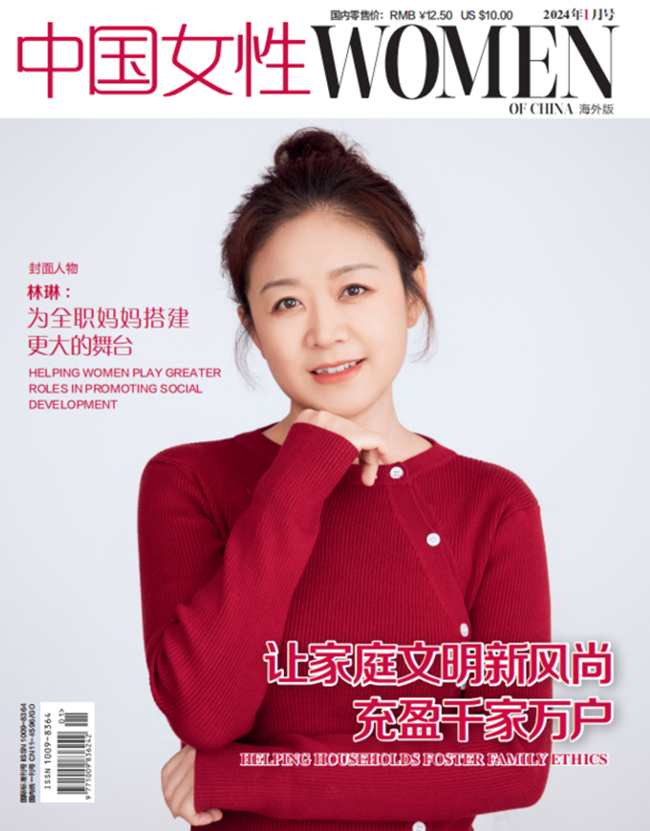China Made Solid Progress on Elderly Care over Past Decade: NHC
BEIJING, Sept. 20 (Xinhua) — China has seen remarkable progress on elderly care over the past decade amid continuous efforts to improve relevant policies and systems, and the implementation of concrete measures, according to the National Health Commission (NHC) on Tuesday.
Data released by the NHC at a press conference shows that between 2012 and 2021, the central government allocated a total of 35.9 billion yuan (about 5.17 billion U.S. dollars) for developing elderly care service facilities.
As of the first quarter of 2022, around 360,000 elderly care institutions and facilities had been established across the country, with the number of beds nearly doubling to 8.13 million from 2012.
Community-based elderly care services are now accessible to all urban communities and over half of the rural communities, according to the data.
China faces a heavy task in addressing population aging, with a large elderly population that is growing at a rapid pace, said Wang Haidong, an official from the NHC.
Official data shows that by the end of 2021, China had 267 million people aged 60 and above, or 18.9 percent of the total population, while those aged 65 and above accounted for over 14 percent of the population.
Efforts have been made to improve the social security system for the elderly and protect their rights and interests over the past 10 years.
As of the end of 2021, 1.03 billion people in China were covered by basic old-age insurance and 1.36 billion were covered by medical insurance.
There were 6,492 institutions in the country that provide integrated elderly care and medical services.
Since 2012, legal aid agencies nationwide have handled about 1.1 million cases involving elderly people.
A special campaign was launched in April this year to crack down on fraud targeting the elderly.
(Source: Xinhua)
Please understand that womenofchina.cn,a non-profit, information-communication website, cannot reach every writer before using articles and images. For copyright issues, please contact us by emailing: website@womenofchina.cn. The articles published and opinions expressed on this website represent the opinions of writers and are not necessarily shared by womenofchina.cn.






.jpg)

 WeChat
WeChat Weibo
Weibo 京公网安备 11010102004314号
京公网安备 11010102004314号